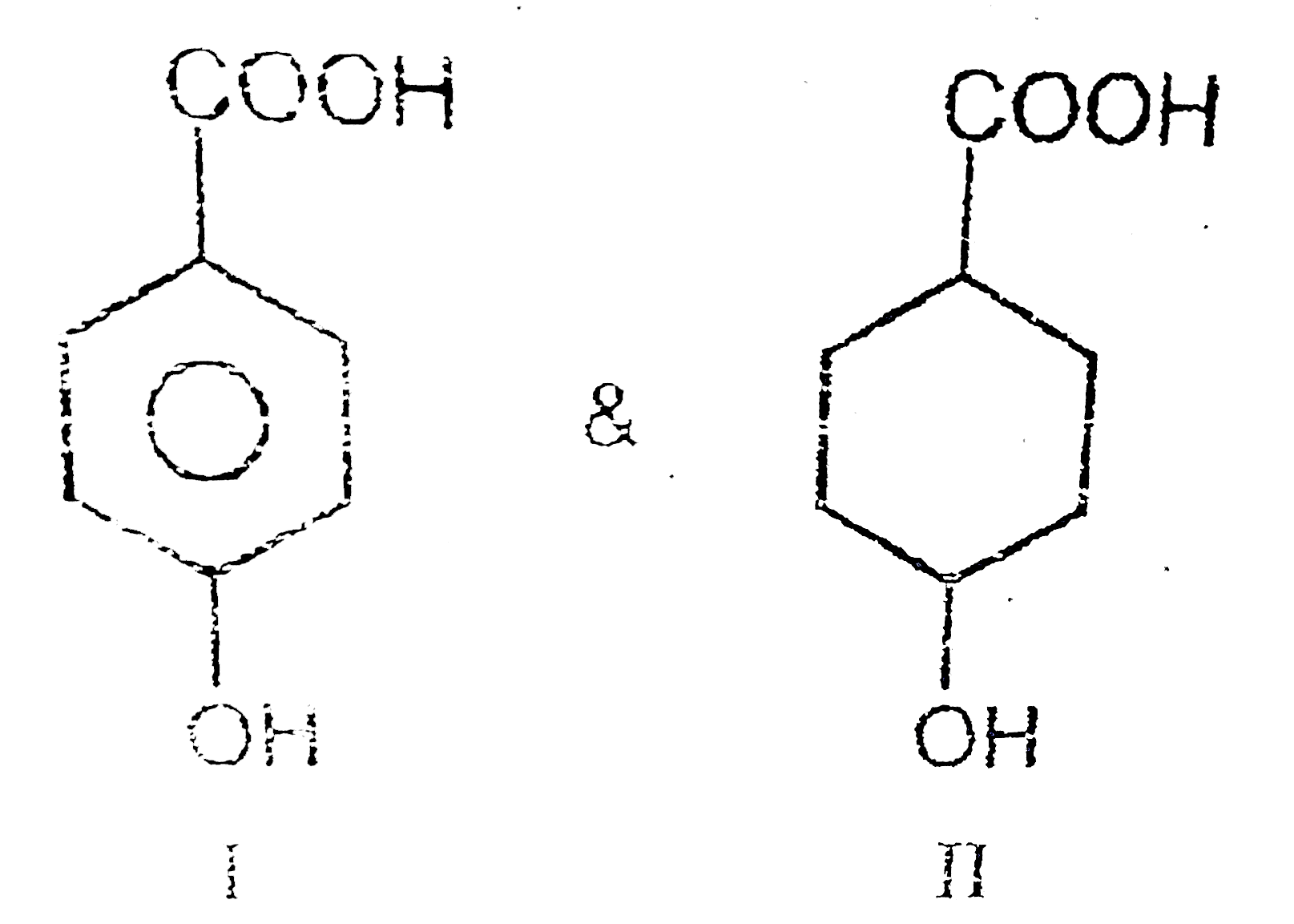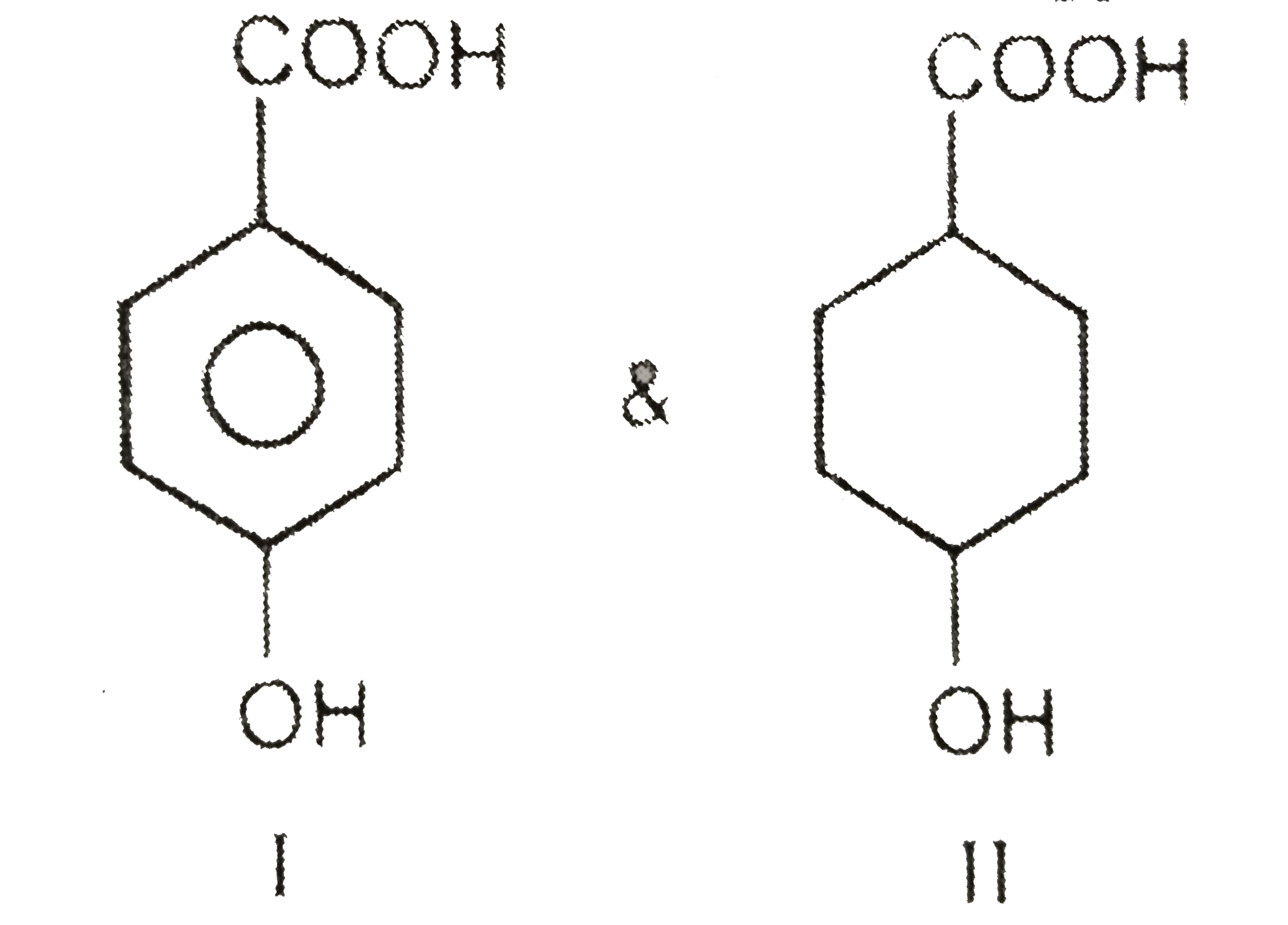List the action of following reagents on ethanol?
(i) Lucas reagent.
(ii) Phosphoruc pentachloride,
(iii) Red phosphoruc and bromine,
(iv) Acidified potassium dichromate.
To analyze the action of the given reagents on ethanol (C2H5OH), we will go through each reagent step by step.
Step 1: Action of Lucas Reagent
Reagent: Lucas Reagent (Anhydrous ZnCl2 + concentrated HCl)
Reaction: Ethanol reacts with Lucas reagent to form ethyl chloride (C2H5Cl).
Product: CH3CH2Cl (Ethyl Chloride)
Explanation: The Lucas reagent converts the alcohol into an alkyl halide through a substitution reaction.
Step 2: Action of Phosphorus Pentachloride (PCl5)
Reagent: Phosphorus Pentachloride (PCl5)
Reaction: Ethanol reacts with PCl5 to also form ethyl chloride (C2H5Cl).
Product: CH3CH2Cl (Ethyl Chloride)
Explanation: PCl5 replaces the hydroxyl (-OH) group with a chlorine atom, resulting in the formation of an alkyl halide.
Step 3: Action of Red Phosphorus and Bromine
Reagent: Red Phosphorus and Bromine (Br2)
Reaction: Ethanol reacts with red phosphorus and bromine to form ethyl bromide (C2H5Br).
Product: CH3CH2Br (Ethyl Bromide)
Explanation: The combination of red phosphorus and bromine produces phosphorus tribromide (PBr3), which then substitutes the hydroxyl group with a bromine atom.
Step 4: Action of Acidified Potassium Dichromate
Reagent: Acidified Potassium Dichromate (K2Cr2O7 in acidic medium)
Reaction: Ethanol is oxidized to acetaldehyde (ethanal, CH3CHO).
Product: CH3CHO (Acetaldehyde)
Explanation: Acidified potassium dichromate acts as an oxidizing agent, converting the primary alcohol (ethanol) into an aldehyde.
Summary of Products
1. Lucas Reagent: Ethyl Chloride (CH3CH2Cl)
2. Phosphorus Pentachloride: Ethyl Chloride (CH3CH2Cl)
3. Red Phosphorus and Bromine: Ethyl Bromide (CH3CH2Br)
4. Acidified Potassium Dichromate: Acetaldehyde (CH3CHO)
---
Reagent: Lucas Reagent (Anhydrous ZnCl2 + concentrated HCl)
Reaction: Ethanol reacts with Lucas reagent to form ethyl chloride (C2H5Cl).
Product: CH3CH2Cl (Ethyl Chloride)
Explanation: The Lucas reagent converts the alcohol into an alkyl halide through a substitution reaction.
Reagent: Phosphorus Pentachloride (PCl5)
Reaction: Ethanol reacts with PCl5 to also form ethyl chloride (C2H5Cl).
Product: CH3CH2Cl (Ethyl Chloride)
Explanation: PCl5 replaces the hydroxyl (-OH) group with a chlorine atom, resulting in the formation of an alkyl halide.
Reagent: Red Phosphorus and Bromine (Br2)
Reaction: Ethanol reacts with red phosphorus and bromine to form ethyl bromide (C2H5Br).
Product: CH3CH2Br (Ethyl Bromide)
Explanation: The combination of red phosphorus and bromine produces phosphorus tribromide (PBr3), which then substitutes the hydroxyl group with a bromine atom.
Reagent: Acidified Potassium Dichromate (K2Cr2O7 in acidic medium)
Reaction: Ethanol is oxidized to acetaldehyde (ethanal, CH3CHO).
Product: CH3CHO (Acetaldehyde)
Explanation: Acidified potassium dichromate acts as an oxidizing agent, converting the primary alcohol (ethanol) into an aldehyde.
1. Lucas Reagent: Ethyl Chloride (CH3CH2Cl)
2. Phosphorus Pentachloride: Ethyl Chloride (CH3CH2Cl)
3. Red Phosphorus and Bromine: Ethyl Bromide (CH3CH2Br)
4. Acidified Potassium Dichromate: Acetaldehyde (CH3CHO)
Topper's Solved these Questions
- ALCOHOLS, PHENOLS AND ETHERSBOOK - PRADEEPCHAPTER - ALCOHOLS, PHENOLS AND ETHERSEXERCISE - HIGHER ORDER THINKING SKILLS (QUESTIONS AND PROBLEMS WITH ANSWERS/SOLUTION)
5 Videos
- ALCOHOLS, PHENOLS AND ETHERSBOOK - PRADEEPCHAPTER - ALCOHOLS, PHENOLS AND ETHERSEXERCISE - HIGHER ORDER THINKING SKILLS (HOTS PROBLEMS)
3 Videos
- ALCOHOLS, PHENOLS AND ETHERSBOOK - PRADEEPCHAPTER - ALCOHOLS, PHENOLS AND ETHERSEXERCISE - ADDITIONAL QUESTIONS (SHORT ANSWER QUESTIONS)
81 Videos
- ALDEHYDES, KETONES AND CARBOXYLIC ACIDS BOOK - PRADEEPCHAPTER - ALDEHYDES, KETONES AND CARBOXYLIC ACIDS EXERCISE - IMPORTANT QUESTIONS FOR BOARD EXAMINATION
29 Videos
Similar Questions
Knowledge Check
Which of the following reagent can distinguish the given compound I & II ?
 ANa metalBNaHCO3CLucas ReagentD2,4-D.N.P
ANa metalBNaHCO3CLucas ReagentD2,4-D.N.PWhich of the following reagent can distinguish the given compound I and II ?
 ANa MetalBNaHCO3CLucas reagentD2,4-D.N.P
ANa MetalBNaHCO3CLucas reagentD2,4-D.N.P
What is the action of the following reagents on phenol ?
(a) Bromine in CS2 at low temperature
(b) Conc . H2SO4 at room temperature .
View SolutionList the most important feature of the following stages :
(i) S-phase, (ii) Zygotene, (iii) Pachytene: (iv) Anaphase-I
View SolutionWhat are racemates ?
What is the action of the following reagents on glucose ?
(a) Bromine water (b) Hydroxylamine
View SolutionWrite IUPAC name of mesityl oxide. What is the action of following reagents on acetaldehyde a. hydroxyl amine b. acidified potassium dichromate
View SolutionWrite down the formulae of the following coordination compounds :
(i) hexaaquairon (II) sulphate (ii) potassium tetracyanonickelate (III)
(iii) chloronitrodiammineplatinum (II) (iv) potassium hexacyanoferrate (III)
(v) chlorodiammineplatinum (II) ion (vi) dichlorotetraamminecobalt (III) ion
(vii) potassium pentacyanonitrosylcobaltate (III) (viii) bis(acetylacetonato) oxovanadium (IV).
View SolutionUsing IUPAC norms write the fomulas for the following
(i). Tetrahydroxozincate(II).
(ii). Potassium tetrachloridopalladate(II).
(iii). Diamminedlchloridoplatinum(II).
(iv). Potassium tetracyanidonickelate(II).
(v). Pentaamminenitrito-O-Cobalt(III).
(vi). Hexaamminecobalt(III) sulphate
(vii). Potassium tri(oxalato)chromate(III).
(viii). Hexaammlneplatinum(IV)
(ix). Tetrabromidocuprate(II).
(x). Pentaamminenitrito-N-cobalt(IlI).
View Solution
